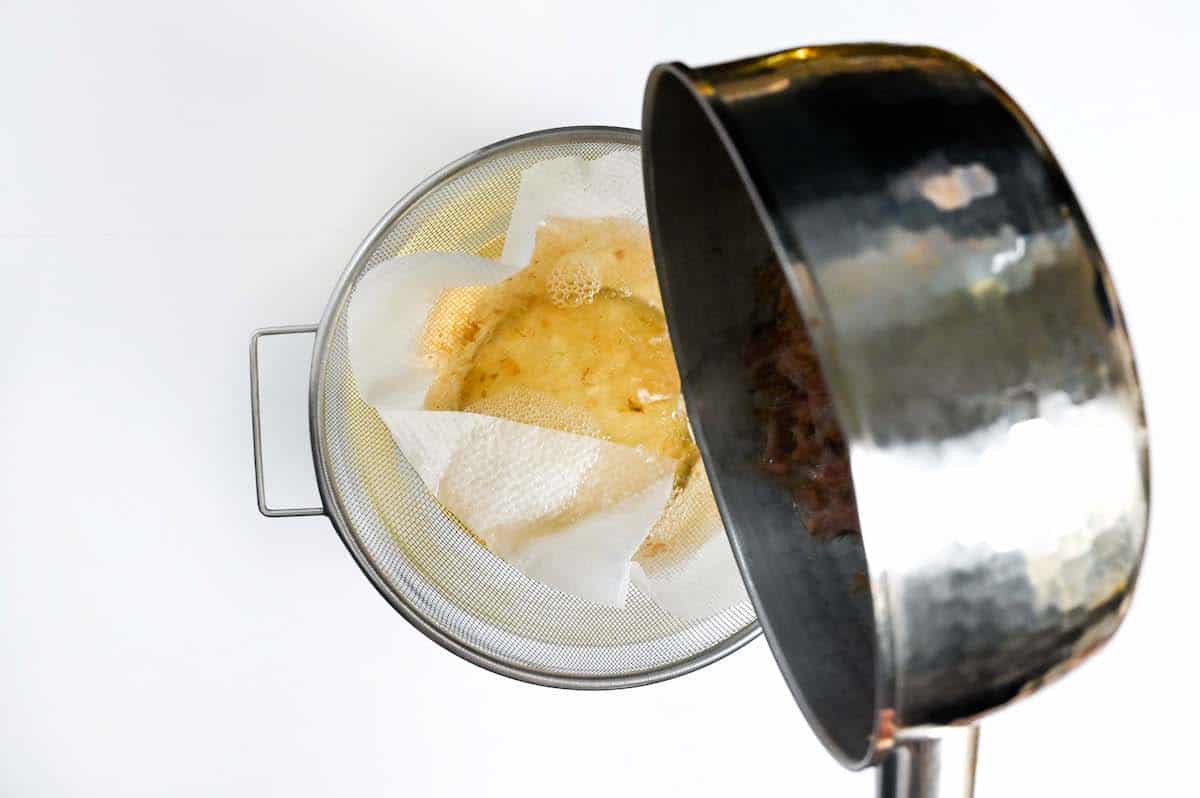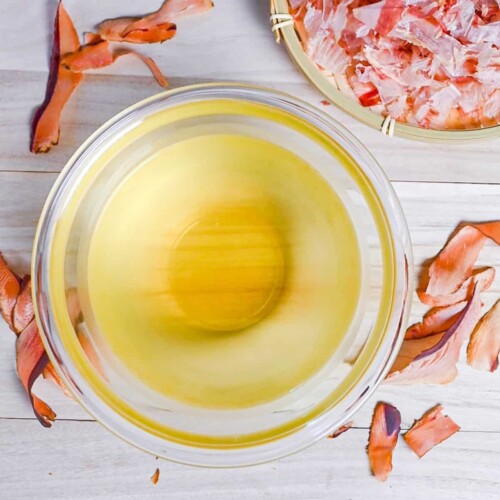
How to Make Katsuo Dashi (Bonito Flakes Soup Stock)
https://sudachirecipes.comKatsuobushi, widely known as "bonito flakes", are a unique ingredient made of thin shavings of wood smoked bonito fish and play an important role in Japanese cuisine. The smokey aroma and rich taste add deep flavour and umami to each dish in which they're added. Learn everything you need to know about katsuobushi from its history and how it's made, to how to make your own katsuo dashi like a pro!
Ingredients
Ichiban dashi (first stock)
- 1000 ml water preferably soft water
- 30 g bonito flakes katsuobushi
Niban dashi (second stock)
- leftover bonito flakes from "ichiban dashi"
- 1000 ml water preferably soft water
- 15 g new bonito flakes katsuobushi
Instructions
Ichiban (first stock)
- Heat 1000 ml water in a pan until boiling. Once boiling, turn off the heat.
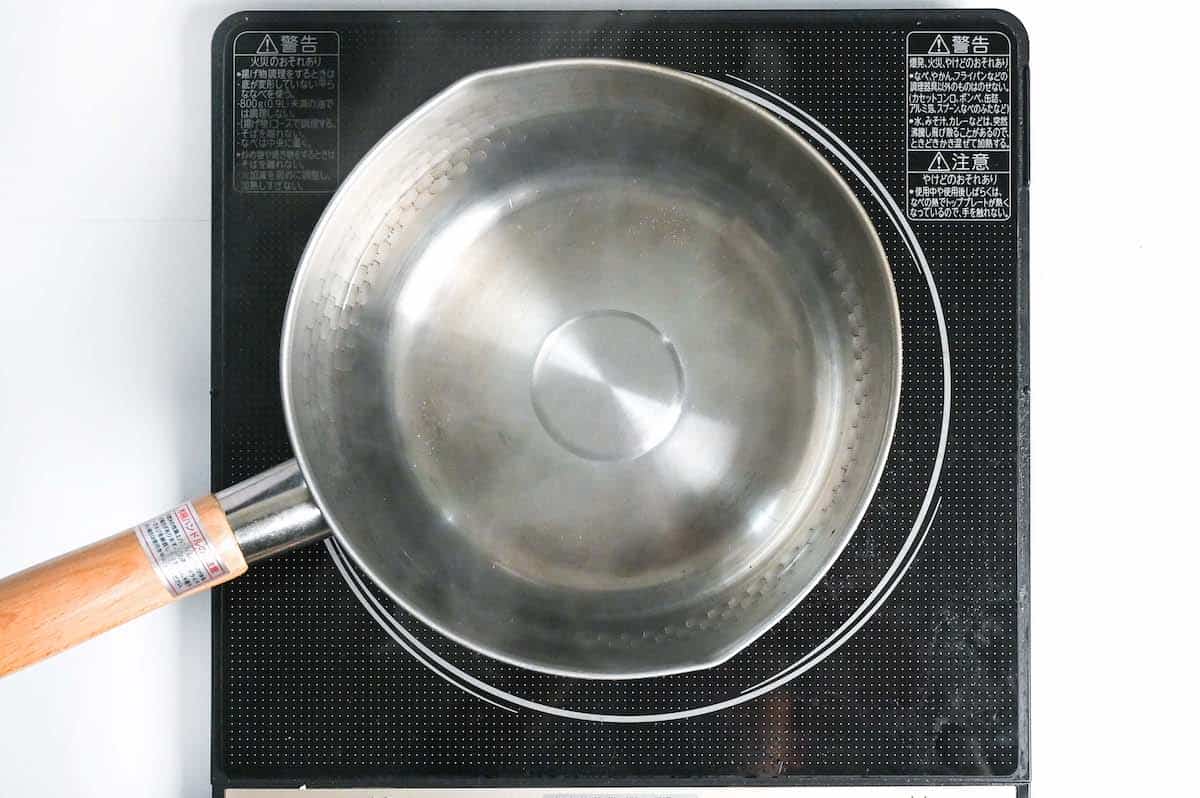
- Add 30 g bonito flakes and gently push it down with chopsticks until fully submerged. Leave to steep for 1-2 minutes.
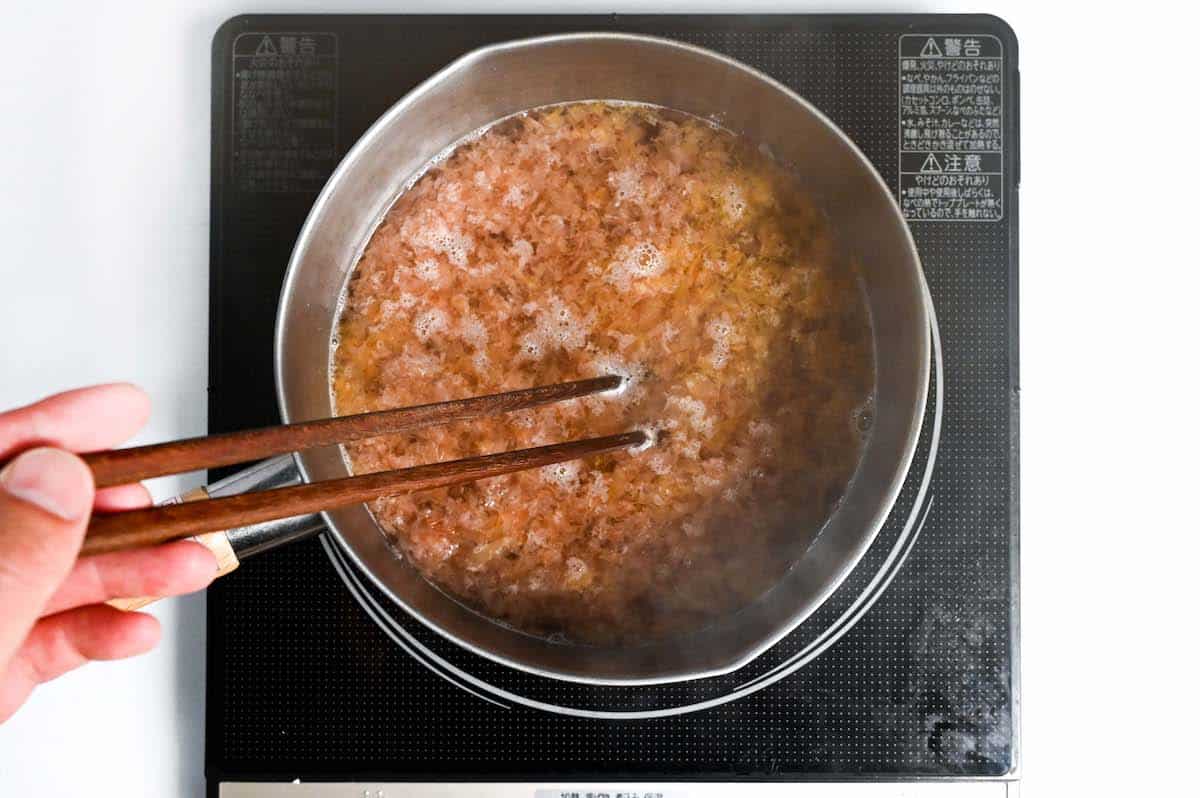
- Line a sieve with a clean cloth or kitchen paper and place it over a large bowl. Pour the dashi through the sieve to make a clear broth. (Do not squeeze the cloth.)
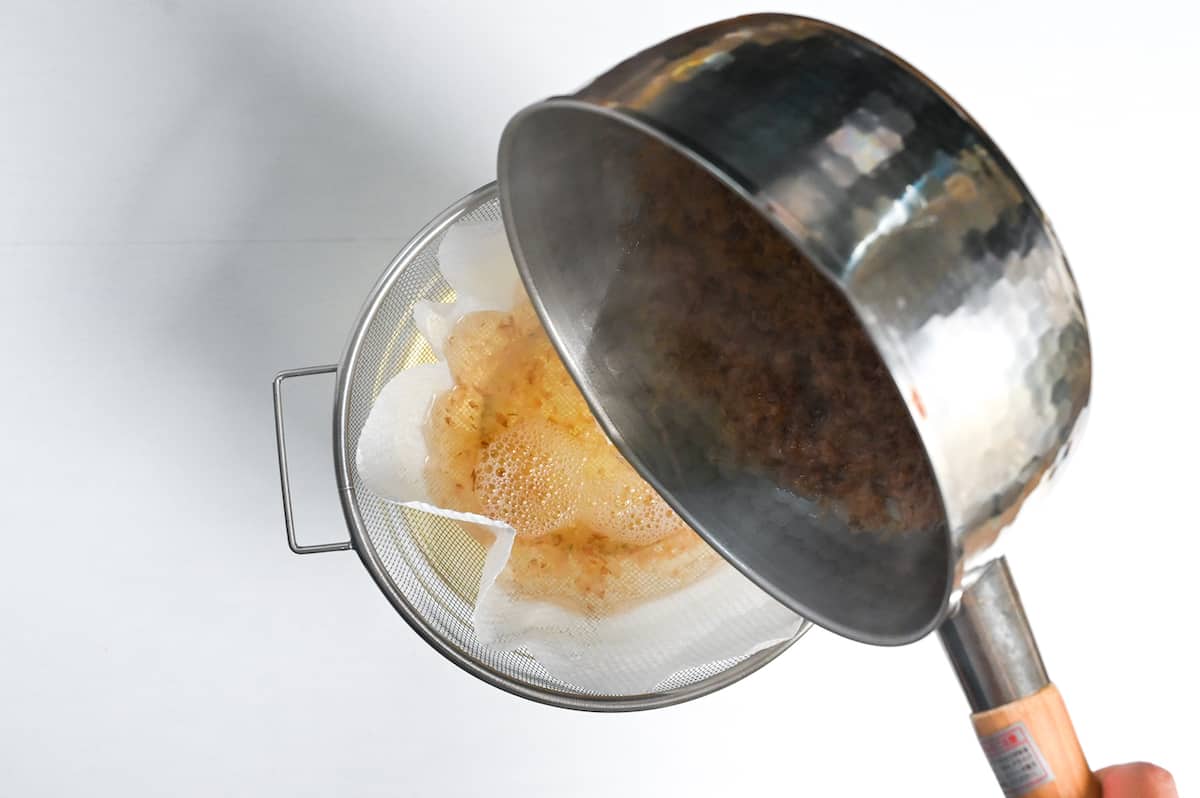
Niban (second stock)
- Transfer the used katsuobushi back into the pot and add 1000 ml water.
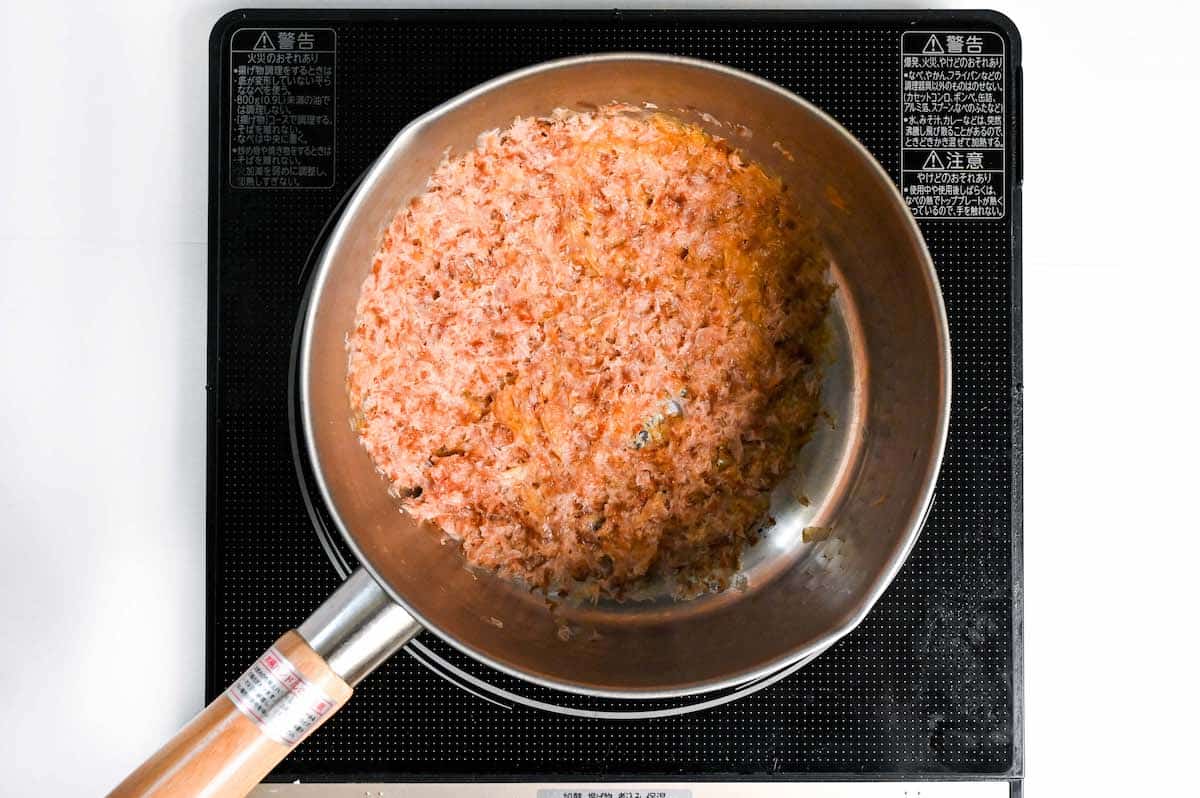
- Bring to a boil and then lower the heat to a simmer.
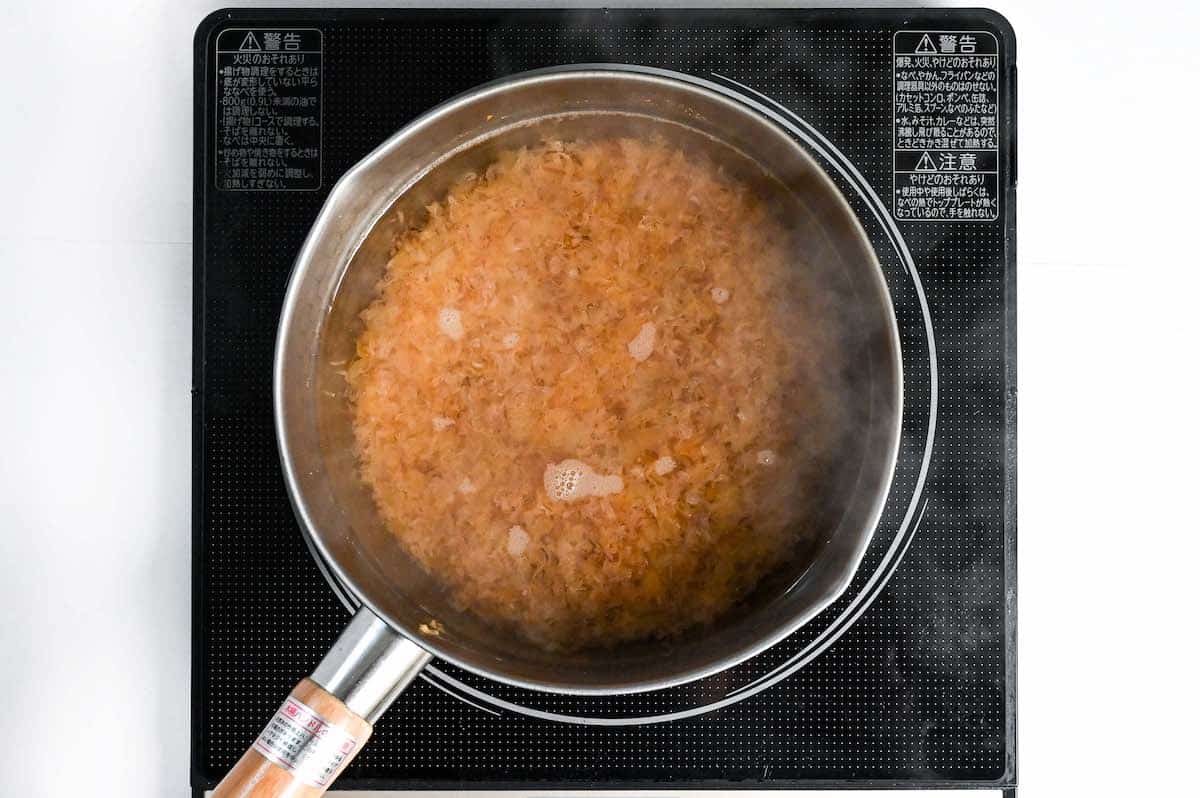
- Add 15 g new bonito flakes and allow to simmer for 10 minutes.
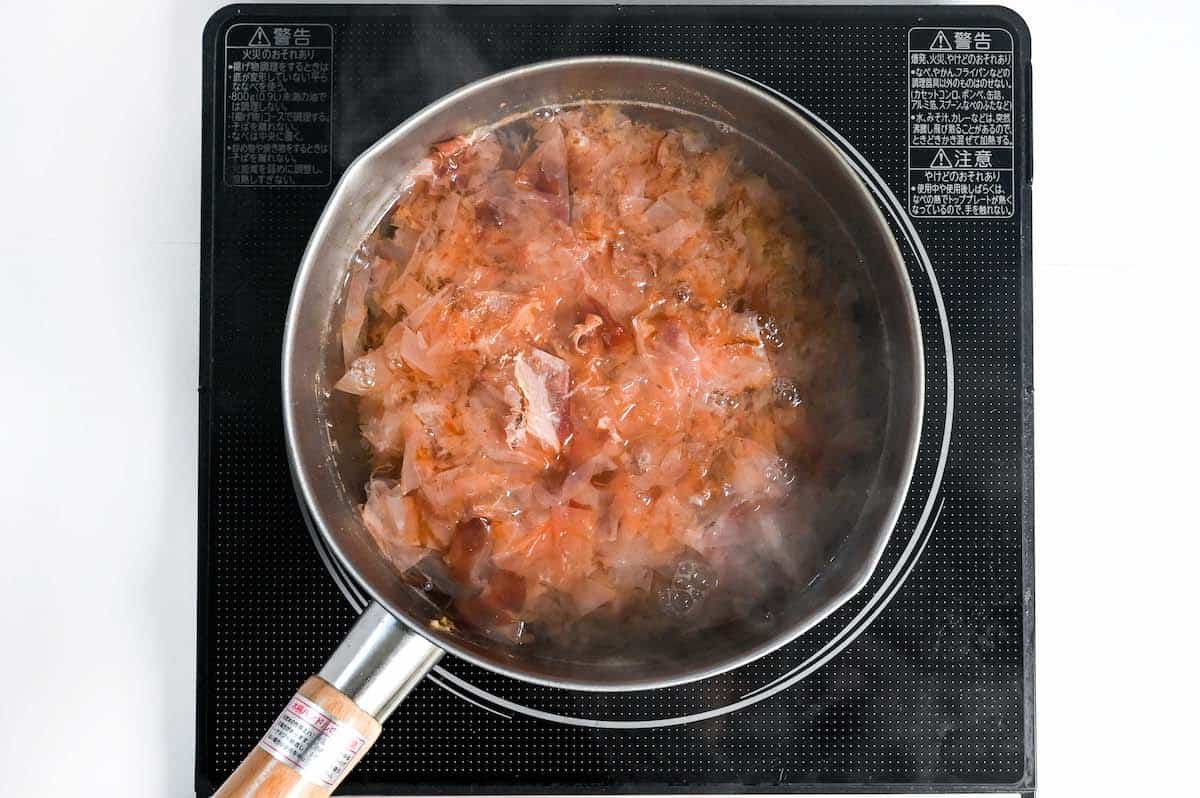
- Again, line a sieve with clean cloth or kitchen paper over a large bowl and strain the niban dashi. This time you can squeeze it to ensure you get all the dashi out.
